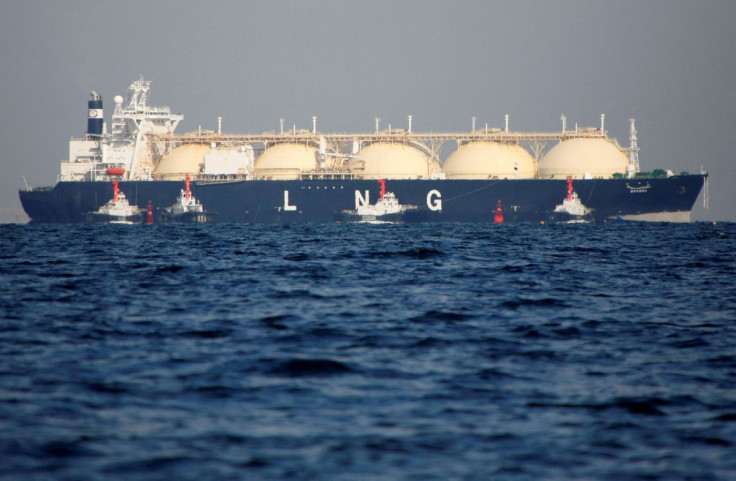Tight Asia Capacity Limits Room For New LNG Ships - Korea Shipbuilding Exec

Korea Shipbuilding & Offshore Engineering (KSOE) has mostly filled its order book for the next 2-1/2 years as the pandemic drove demand for container ships, leaving little room to meet the needs of the liquefied natural gas (LNG) sector, a senior company executive said.
With U.S. LNG exports rising, more LNG carriers are travelling longer distances to customers in North Asia and Europe while European countries have snapped up floating storage and regasification units (FSRUs) as they ramp up LNG imports to replace Russian gas supplies in the wake of the Ukraine crisis.
However, shipyards in South Korea and China are unable to accommodate demand for new LNG vessels as they work to meet a flood of orders for new container ships following global supply chain disruptions and port congestion that have held up ships in the United States and China. This supports spot chartering rates for LNG carriers which have hit all-time highs.
"A huge volume of new-build orders have taken up slots in China and South Korean shipyards," K.W. Kim, senior vice president at Hyundai Heavy Industries, flagship unit of the world's largest LNG carrier builder KSOE, told Reuters.
KSOE's capacity is nearly full with orders stretching to 2025, he said, adding that container ships and LNG carriers each account for about 30% of slots. KSOE builds 20 to 22 LNG carriers per year.
South Korean shipyards are also struggling to operate due to labour shortages while grappling with prices nearly doubling for key material steel plates, Kim said.
"At this moment, we can't receive new orders for FSRUs," he added.
In 2020, Qatargas and TotalEnergies had booked shipbuilding slots for LNG projects in Qatar and Mozambique respectively, he said, while U.S. LNG producers are also seeking more vessels as they ramp up exports.
"Shipowners enjoy good charter rates," Kim said.
About half of the new-build orders for commercial vessels are for ships equipped with dual fuel engines - either LNG or methanol - with oil, he added. Hyundai Heavy is building container ships for A.P. Moller-Maersk that run on methanol.
Kim said there is also a rise in demand for smaller oil tankers - Aframax and Medium-Ranged sized vessels - as Europe looks to import more oil products from elsewhere to replace Russian supplies.
© Copyright Thomson Reuters 2024. All rights reserved.







